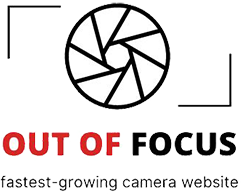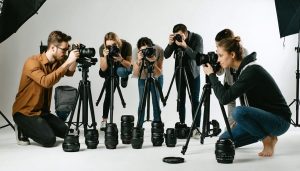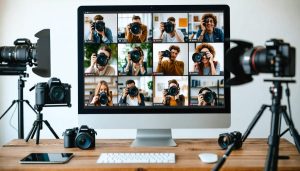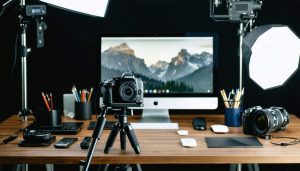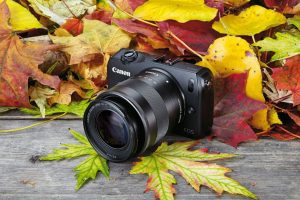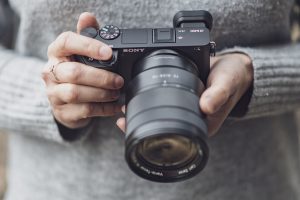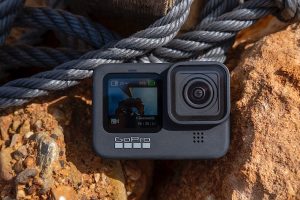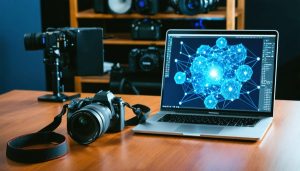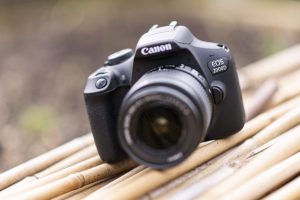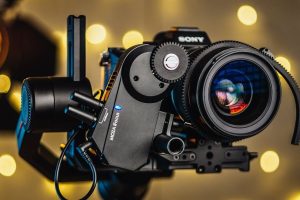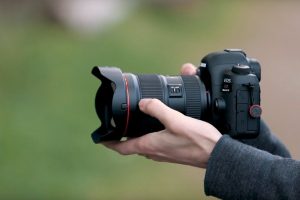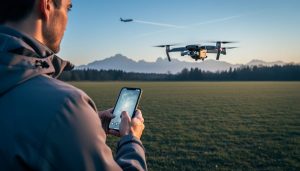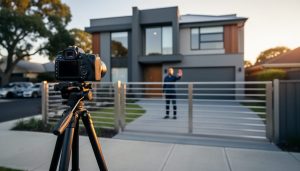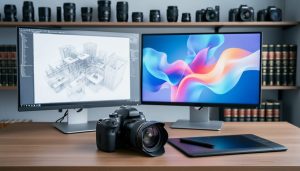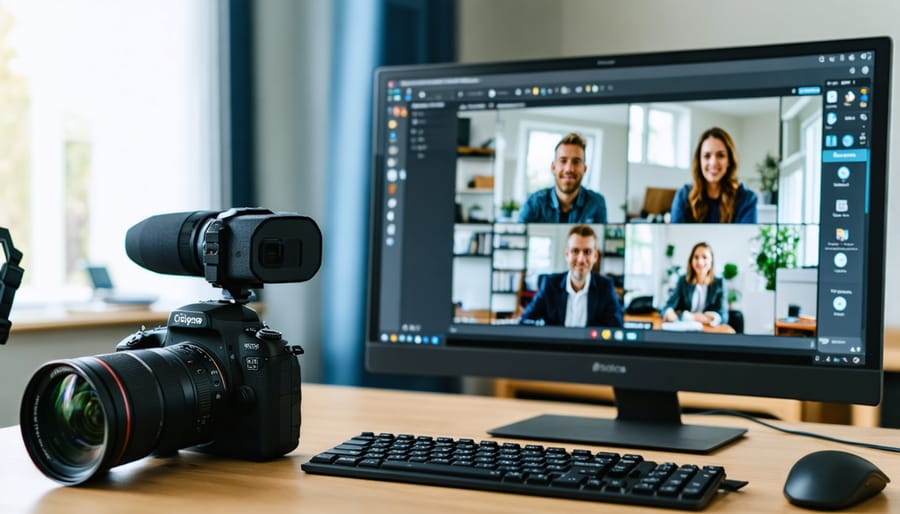
Transform your photography sessions from guesswork to masterpieces by crafting a strategic pre-shoot questionnaire. Whether conducting virtual photography meetups or in-person shoots, a well-designed questionnaire serves as your roadmap to client satisfaction and creative excellence. Professional photographers know that understanding client expectations, style preferences, and practical requirements before the first click makes the difference between good photos and unforgettable moments. This comprehensive guide will walk you through creating a questionnaire that captures essential details, uncovers hidden opportunities, and sets clear expectations for both photographer and client. From technical preparations to creative vision alignment, learn how to craft questions that elicit meaningful responses and build the foundation for successful photography sessions.
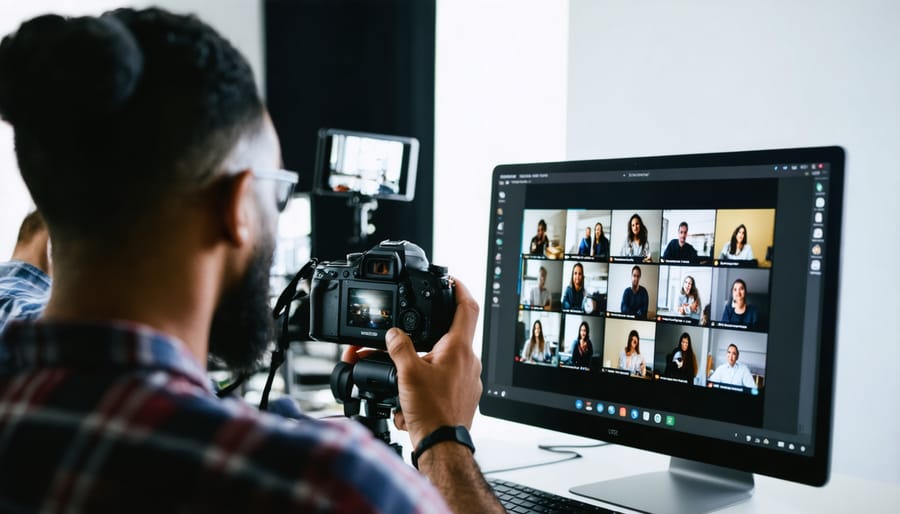
Why Pre-Session Questionnaires Matter in Virtual Photography
Setting Clear Expectations
A well-crafted photography session questionnaire serves as a powerful tool for setting and managing expectations from the very beginning. By asking detailed questions about preferred shooting styles, specific poses, or desired outcomes, photographers can ensure they’re fully aligned with their clients’ vision. This clarity helps prevent misunderstandings and disappointment later.
For example, if a client indicates they want candid family photos but your questionnaire reveals they’ve been inspired by formal studio portraits, you can address this disconnect before the session. The questionnaire also allows you to communicate your shooting style, timing expectations, and deliverables clearly.
Include questions about specific requirements, such as must-have shots, preferred editing styles, and intended use of the photos. This information helps you prepare adequately and ensures both parties are working toward the same goals, resulting in a more successful and satisfying photography session for everyone involved.
Personalizing the Learning Experience
Tailoring your photography session content based on questionnaire responses creates a more engaging and effective learning experience. By analyzing participants’ skill levels, equipment, and specific interests, you can adapt your virtual teaching techniques to match their needs. For instance, if several participants indicate struggling with low-light photography, you can incorporate more examples and exercises focusing on this challenge. Similarly, when participants share their photography niches, you can customize image examples that resonate with their interests – using wildlife shots for nature photographers or portraits for those interested in people photography. This personalization helps maintain engagement and ensures that every participant finds value in the session, regardless of their experience level or specific photographic goals.
Essential Questions to Include
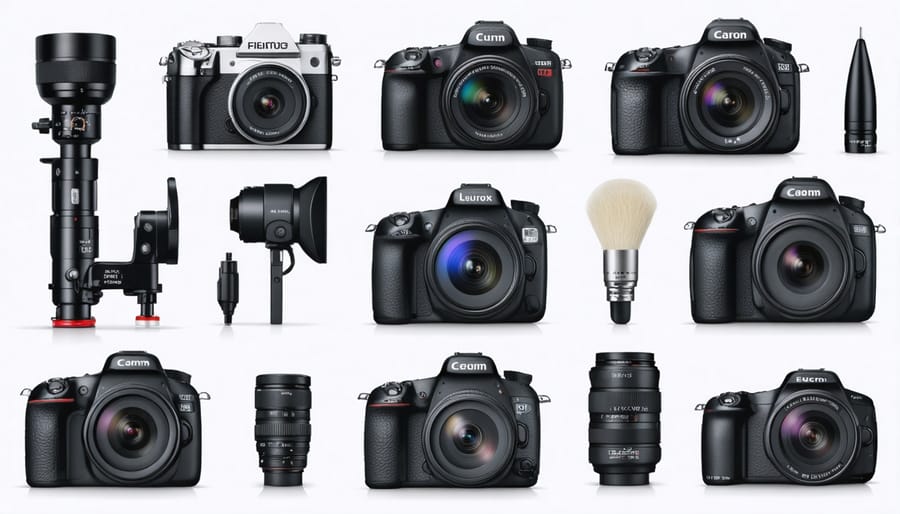
Equipment and Technical Questions
Understanding your participants’ equipment and technical capabilities helps tailor the session to everyone’s needs. Start by asking about their primary camera body and whether they shoot with DSLR, mirrorless, or smartphone cameras. Include questions about their preferred lenses, particularly focal lengths they commonly use and any specialty glass they might bring to the session.
Software knowledge is equally important – ask which editing programs they’re familiar with, such as Adobe Lightroom, Capture One, or smartphone apps. This information helps you prepare appropriate post-processing discussions or tutorials. Don’t forget to inquire about their comfort level with their gear and whether they need guidance on specific technical aspects.
Include questions about additional equipment like tripods, flash units, or filters they might have access to. This helps you plan exercises that everyone can participate in fully. Also ask about their storage solutions and backup methods, as this can lead to valuable discussions about workflow and file management.
Remember to keep technical questions straightforward and provide examples in parentheses to help newer photographers understand what you’re asking about.
Experience Level Assessment
Understanding your participants’ photography experience is crucial for tailoring your session effectively. Begin by asking about their years of experience behind the camera and what type of photography they typically practice. Include questions about their comfort level with different shooting modes (manual, aperture priority, shutter priority) and their familiarity with various photography concepts.
Ask specific questions about their equipment, such as what camera and lenses they use, and whether they’re comfortable with their gear’s features. Include queries about their experience with post-processing software and their preferred editing workflow.
Consider adding questions about their previous photography education, including formal training, workshops, or self-study methods. Also, inquire about their portfolio or sharing platforms where you can view their work.
Rate their confidence levels in different areas using a scale of 1-5:
– Composition and framing
– Understanding exposure
– Working with natural light
– Flash photography
– Post-processing skills
This information helps you adjust your teaching approach and group participants appropriately during breakout sessions or hands-on exercises.
Learning Goals and Challenges
Understanding participants’ learning goals and challenges is crucial for tailoring your photography session to their needs. Ask questions that reveal their current skill level, specific areas they want to improve, and any technical or creative obstacles they face. For example, “What aspects of photography do you find most challenging?” or “Which photography skills would you like to develop during this session?”
Include questions about their previous photography experience, preferred shooting styles, and any particular techniques they’re eager to master. This might include inquiries like “Have you taken any photography classes before?” or “What’s your experience level with manual camera settings?”
Consider asking about their comfort level with different photography genres, lighting conditions, and post-processing software. Understanding their pain points helps you prepare relevant examples and exercises. Additionally, include questions about their equipment to ensure your instruction matches their technical capabilities and helps them maximize their current gear’s potential.
These insights allow you to create a more personalized and effective learning experience that directly addresses participants’ needs and aspirations.
Distributing and Collecting Responses
Timing and Platform Choice
Timing is crucial when sending your photography session questionnaire. For optimal results, send it 1-2 weeks before the scheduled session, giving clients enough time to respond thoughtfully while keeping the session details fresh in their minds. Consider sending a gentle reminder 3-4 days before the deadline if you haven’t received a response.
For platform choice, several user-friendly options exist. Google Forms is a popular free option that creates organized, easy-to-read responses and automatically compiles data. Professional photography management platforms like Honeybook or Dubsado offer integrated questionnaire features alongside other business tools. For a more personalized touch, platforms like Typeform provide visually appealing templates that enhance client experience.
When choosing a platform, consider factors like mobile responsiveness, automated reminders, and integration with your existing workflow. Some photographers prefer using PDF forms sent via email, but digital platforms generally offer better organization and data management capabilities. Whatever platform you choose, ensure it’s accessible and user-friendly for your clients.
Response Analysis and Implementation
Once you’ve gathered responses from your questionnaire, the real work begins. Start by organizing feedback into categories like technical preferences, creative direction, and logistical concerns. Look for patterns in client responses that can help streamline your workflow and enhance the overall experience. For effective online feedback implementation, create a spreadsheet to track common requests and pain points.
Pay special attention to unexpected answers – they often reveal blind spots in your current process. Use this data to refine your session preparation, adjust your shooting style, and even update your questionnaire for future clients. Consider implementing a rating system for different aspects of your service to track improvements over time.
Remember that questionnaire analysis isn’t just about addressing problems; it’s also about identifying what you’re doing right. Celebrate positive feedback and build upon successful elements that clients consistently appreciate. Make this analysis a regular part of your workflow to continuously evolve and improve your photography services.
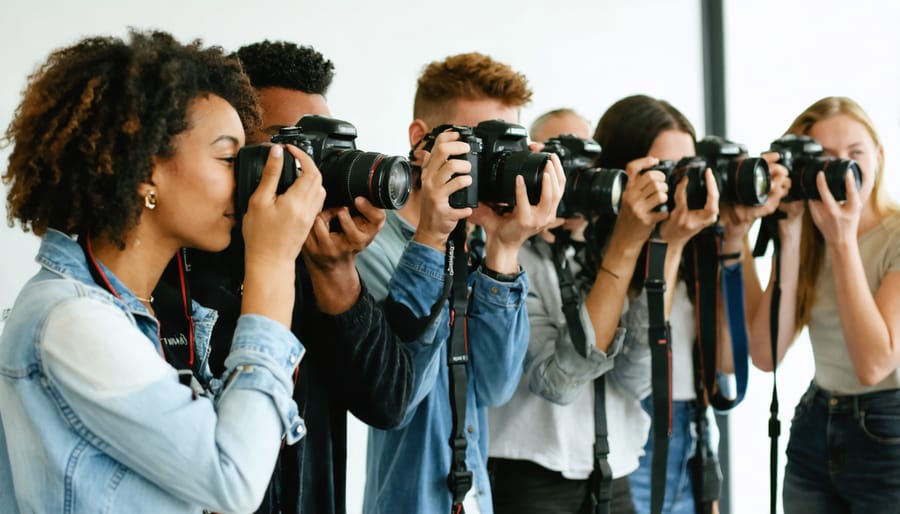
Making Adjustments Based on Feedback
Adapting your virtual photography sessions based on questionnaire responses is crucial for delivering personalized and effective instruction. Start by carefully analyzing the patterns in your participants’ responses, paying particular attention to their skill levels, equipment availability, and specific learning goals.
For beginners who indicate limited equipment, consider modifying your session to focus on fundamental techniques that can be practiced with basic gear. For instance, if several participants mention having only smartphone cameras, incorporate smartphone-specific tips and alternatives to advanced equipment techniques.
When participants express interest in specific genres or techniques, adjust your teaching plan accordingly. If multiple respondents show interest in portrait photography, you might dedicate more time to lighting setups that work in home environments. Similarly, if your questionnaire reveals that many participants struggle with post-processing, consider expanding that portion of your session.
Technical limitations identified through the questionnaire should inform your delivery method. If participants report slower internet connections, prepare to share screen recordings or pre-recorded demonstrations as backup options. For those with limited workspace, demonstrate techniques that can be practiced in small areas.
Remember to maintain flexibility during the session itself. Create breakout rooms for participants with similar skill levels or interests, allowing for more targeted instruction. Use polls and real-time feedback to fine-tune your approach as needed.
Keep a record of common themes from questionnaire responses to inform future sessions and create more targeted offerings. This iterative process helps you continually refine your virtual photography instruction while meeting your participants’ evolving needs.
A well-crafted photography session questionnaire is your secret weapon for delivering exceptional client experiences and capturing meaningful images that truly resonate. By implementing the strategies and questions we’ve discussed, you’ll be better equipped to understand your clients’ vision, manage expectations, and create stunning photographs that tell their unique story.
Remember that your questionnaire should evolve with your photography business. Don’t hesitate to refine and adjust your questions based on client feedback and your growing experience. Pay attention to which questions consistently yield valuable insights and which ones might need tweaking.
Start small if you’re feeling overwhelmed – even a basic questionnaire is better than none at all. As you become more comfortable with the process, you can expand and customize your questions to better serve your specific photography niche and client base.
The time you invest in creating and implementing a thoughtful questionnaire will pay dividends in client satisfaction, streamlined workflows, and most importantly, better photographs. Your clients will appreciate your professional approach, and you’ll find yourself better prepared for every session you shoot.
Take action today by creating your own questionnaire or updating your existing one. Your future self – and your clients – will thank you.
